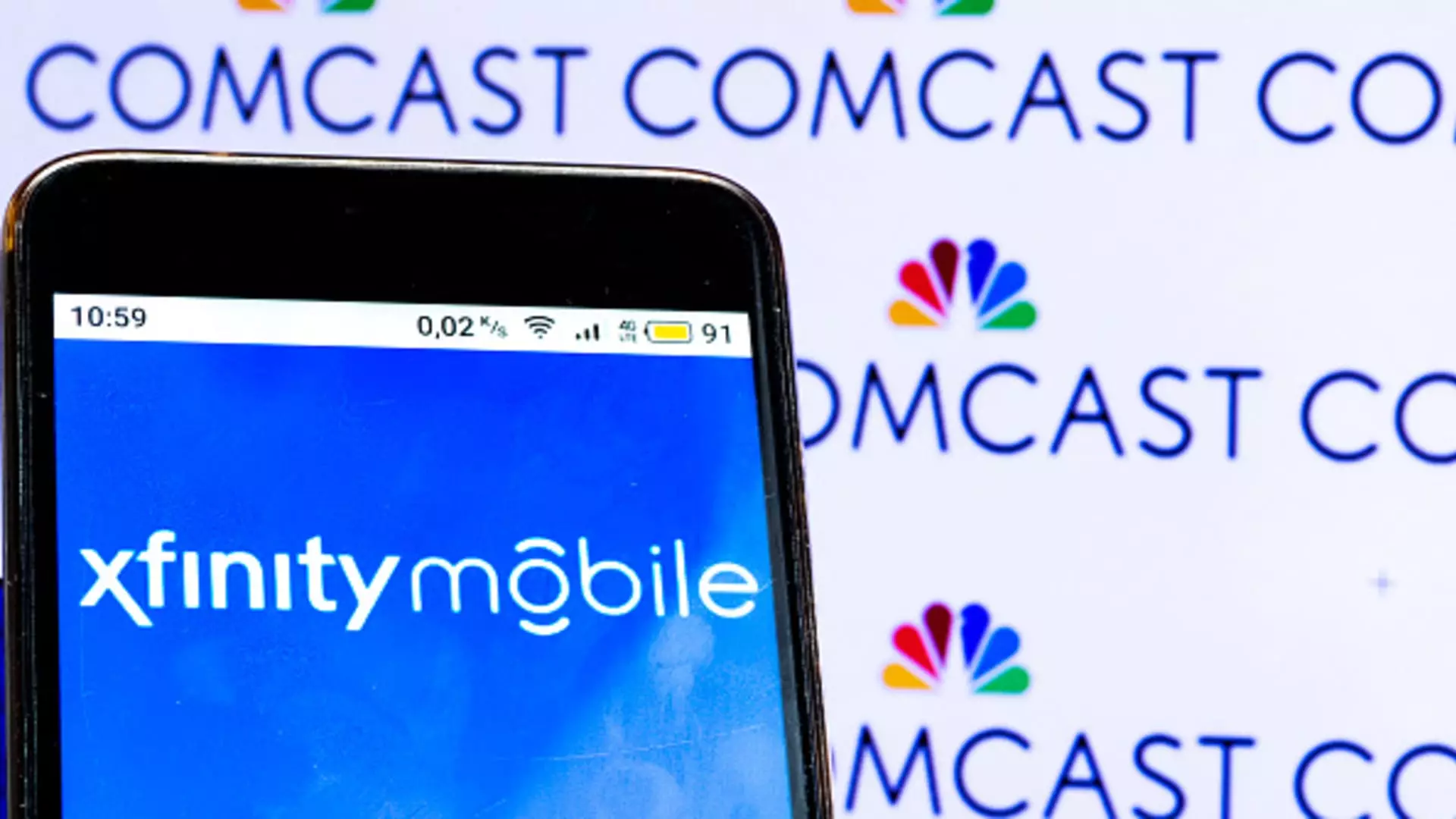The recent rebranding of the Philadelphia arena from Wells Fargo Center to Xfinity Mobile Arena marks more than just a name change; it signals a significant shift in how major companies are understanding and utilizing brand identity. As corporate America grapples with the challenges of modern consumerism, this move by Comcast Spectacor reflects an intent to dive deeper into the competitive mobile market. Historically, sports arenas have been named after financial or banking institutions, lending a sort of gravitas to the venues. But as we witness a generational shift in what captivates consumers, so too must our affiliations. Xfinity Mobile now stands poised to redefine this legacy and infuse a fresh narrative into Philadelphia’s sports culture.
Innovative Upgrades Catered to Fans
One of the most striking aspects of this rebranding is the commitment to enhancing the fan experience through technological upgrades. The promise of improved Wi-Fi services at the arena is not merely an afterthought; it is a calculated step toward attracting a youthful, tech-savvy demographic. Philadelphia is blessed with passionate sports aficionados, but the trends indicate that modern fans also demand connectivity to share moments in real-time. In an age where social media can elevate the cultural significance of a game, making sure fans can upload their experiences instantly can lead to organic advertising that no marketing budget could buy.
Comcast’s Shifting Focus on Mobile
Understood in the context of Comcast’s recent struggles, the move towards a more robust mobile strategy is both timely and necessary. With broadband growth stagnating, the company’s attention on mobile signifies a pivot that is clearly designed to respond to market realities. Comcast is gambling that by tying its mobile brand to a beloved sports venue, it will create an emotional connection that transcends traditional marketing methods. The trajectory visible in their recent quarterly report highlights a stark realization: mobile services are no longer merely a retention tool but a potential game-changer in terms of revenue.
Taxing Competition in a Crowded Market
Let’s not gloss over the competitive aspects of this strategic pivot. Comcast, like other cable giants such as Charter, faces formidable opposition in the mobile sector from established titans like AT&T, Verizon, and T-Mobile. The stakes could not be higher. In an industry fueled by customer loyalty and brand recognition, the Xfinity Mobile Arena could serve as a physical landmark—not just a place to watch games, but a base of operations from which Comcast can launch its brand recognition campaign. This willingness to innovate is laudable, but it remains to be seen how effectively they can leverage this arena to compete in a marketplace filled with well-established players.
Philadelphia: The Perfect Fusion of Passion and Marketing
Anyone who has experienced a Philadelphia sports event knows that the atmosphere is electric. The city has a reputation for being home to some of the most passionate and loyal fans in the nation. By linking the Xfinity Mobile brand to such local fervor, Comcast is not just marketing a service; they are engaging in cultural branding, taking advantage of a natural synergy between sports enthusiasm and consumer identity. “The most passionate fans in the country” is more than a tagline; it’s a strategic reflection that creates a platform for customer engagement that extends beyond sport.
A Fruitful Collaboration in the Long Run
The partnership between Comcast and Harris Blitzer Sports & Entertainment is another layer of depth to this rebranding. With its finger on the pulse of sports and entertainment, this collaboration brings in the expertise required to successfully navigate the highly competitive landscape of modern sports marketing. The overlapping interests of sports franchises and mobile services provide fertile ground for cross-promotions, sponsorships, and branding opportunities—making it a win-win scenario.
With the promise of additional innovations and enhancements leading up to 2030-2031, this venture will have ripple effects that could redefine not only how fans interact with their teams but also how sports venues serve as multifunctional spaces in the larger context of urban consumerism.

